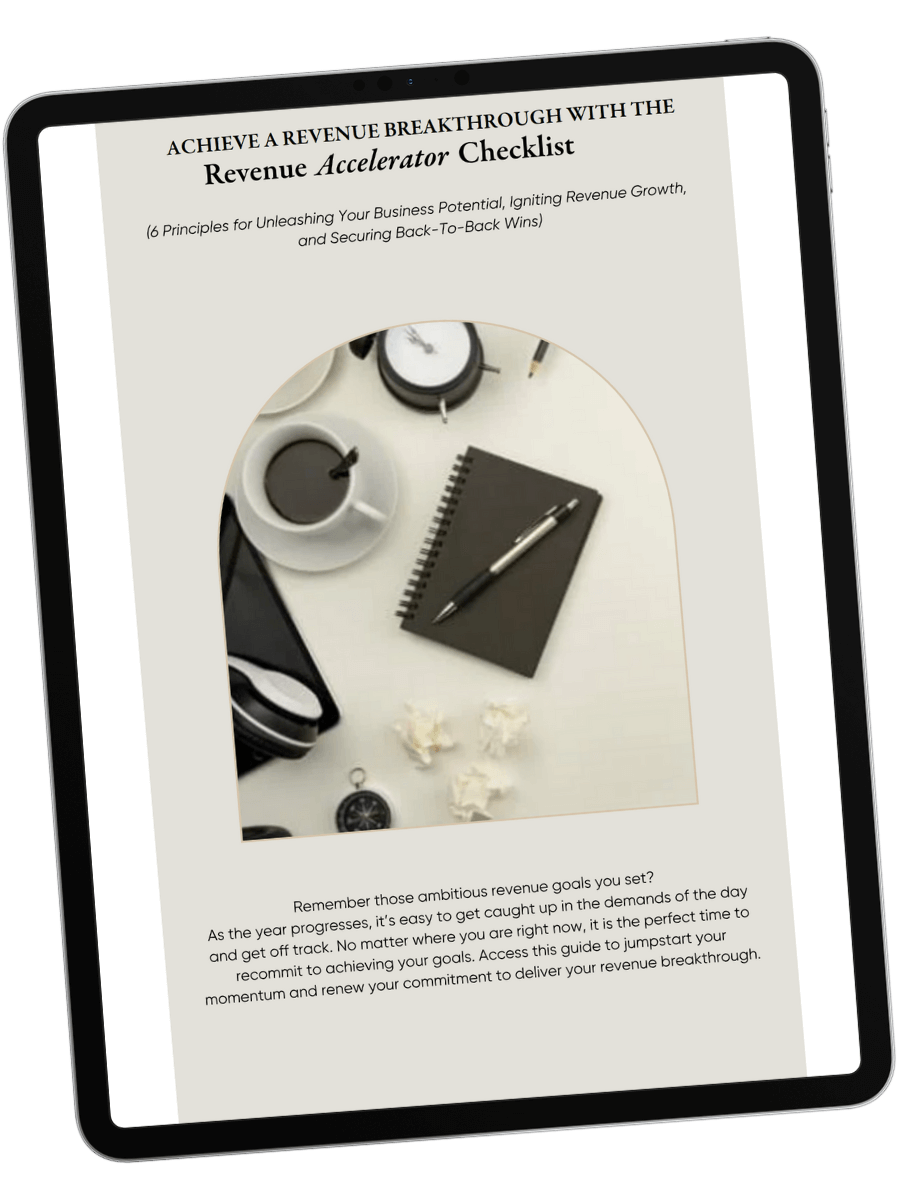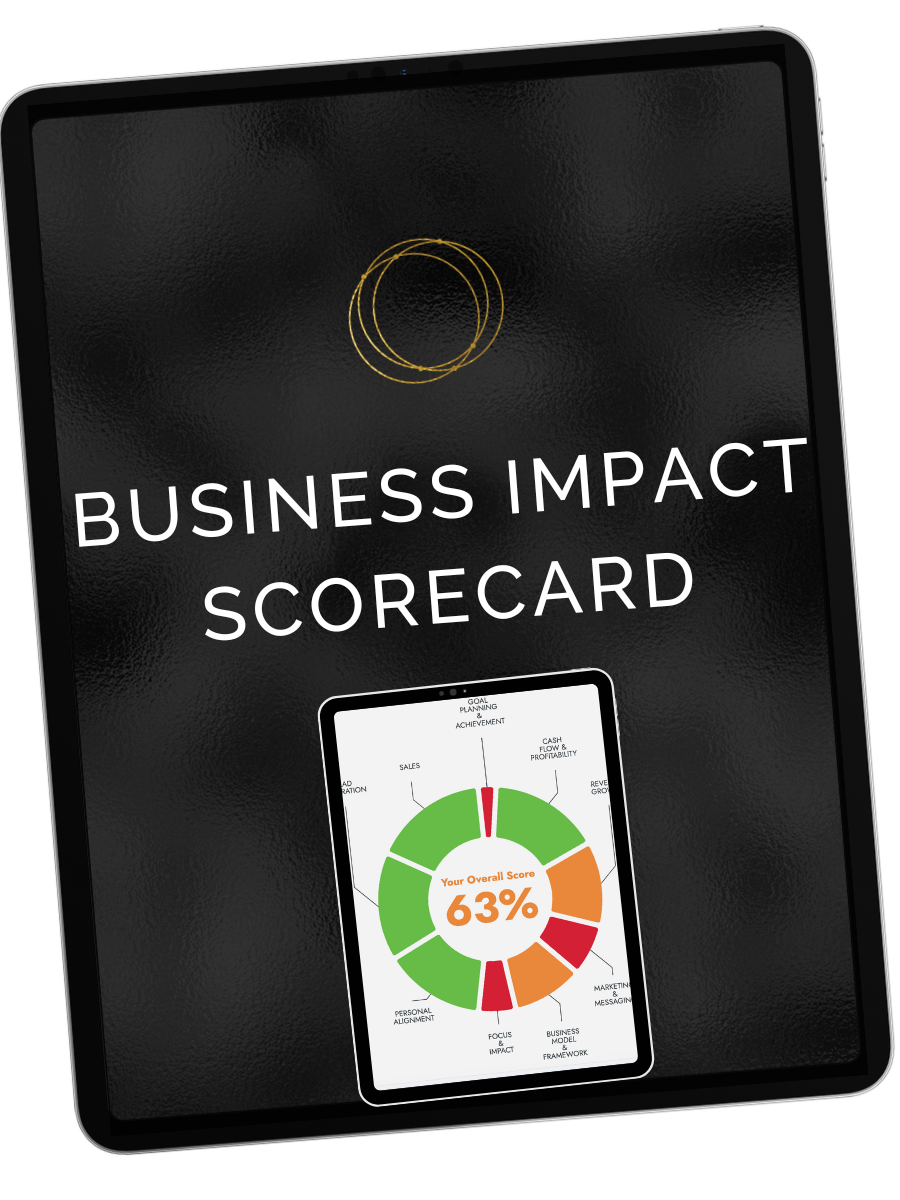THE DATA GAP
If you’ve ever had the opportunity to visit London, you probably heard “mind the gap”. It is a famous phrase repeatedly announced at the London Underground. The phrase warns people who use the rail system to be aware of the gap between the train door and the station platform.
It is a warning that if you step in that gap, it could be hazardous to you and cause harm. The sentiment has become synonymous with London’s rail system and repeated by excited, curious tourists. And if you’ve ever been to London, it’s almost like a right of passage to hear and experience it.
There is a separate gap that you need to be mindful of as an entrepreneur. And that is the gap between your business performance and the decisions you make. The challenge is to improve the probability that every decision you make is a sound and objective one. And one way to achieve that is through leveraging your data.
Your data, and the insights from it, can help you make the right decisions. And those decisions can accelerate your revenue growth, profit, and improve the overall health of your business.
DATA, INSIGHTS, AND ACTION
In today’s environment, we do not lack for data. We’ve become a society where almost every action and decision is captured digitally and stored for use in a host of ways. The data can uncover opportunities, predict future behavior, or steer us toward making better choices. But collecting data is only one part of the equation.
Turning the data into insights and taking action are the most valuable aspects of having it in the first place.

The critical questions are:
1. What data are you currently using to manage your business?
2. What is the data telling YOU about your business performance?
3. Are you acting on the insights from the data to improve your business results?
Business decisions aren’t made in a vacuum. And the impact of those decisions (positive or negative) falls back on the shoulders of the business owner. The stakes couldn’t be higher.
Every action can impact revenue, personnel, investments, costs, and even customers. They can create or eliminate future opportunities.
But if you leverage the data you have, capture the insights, and act, your decisions will be based on sound information. It can help reduce the uncertainty, risk, and pressure of making the wrong choice.
As you contemplate the numerous decisions you need to make, here’s a highlight of the areas where having the right data, insights, and taking action can help you and your business.
LEVERAGING DATA TO MAKE INFORMED BUSINESS DECISIONS
Financials
Your financial results capture the overall health and viability of your business. At a minimum, you should be laser-focused on these three items (revenue, expenses, profit).
This data is critical to track where you are versus your goals and objectives. And it tells you how close or off track you are to achieving them. It provides a needed status check.
The format or tool is not as important as consistency and discipline.
Some of the key financial questions you should be able to answer are:
- What are your financial strengths and opportunities?
- What are your revenue trends by month, quarter, and annually?
- What is the data telling you about your revenue performance?
- What is your revenue flow? Is it consistent, sporadic, stagnant, growing exponentially?
- What is your annual growth rate?
- Are you profitable?
- What are your expenses?
- Are your expenses outpacing your revenue growth?
Here’s an important watchout:
If you are not tracking these simple three measures (revenue, expenses, profit), you may have a hobby versus a business. But it’s never too late to change that, get back on track, and establish rigor and discipline.
The key is to define your revenue goals, assess your current results, identify the gaps, and then leverage your data to close them.
Customer Measures
Your customers are the heart of your business. They are why you exist. Without them, you do not have a viable business. Leveraging their data gets you closer to their behavior. It can reveal valuable insights in terms of how you market to them, what they view as important, and how often you are getting them into your sales cycle.
When you look at your customer data, what is it telling you?
- What is the purchase behavior of your clients and customers?
- Which products or services are they purchasing?
- How many customers do you currently have?
- How many customers are you acquiring on a monthly, quarterly, annual basis?
- How many do you need to acquire to meet your revenue goals?
- What percentage of your customers are purchasing one time only?
- How many are repeat purchasers?
- What percentage of your customers are trading up into higher revenue options?
- Who are your loyal customers?
- Who are the customers who contribute 10-20% of your revenue?
It is critical to understand their purchase behavior and what drives it. Because when you know why they buy, closing the sale becomes infinitely easier.
Email Marketing
Depending on the business, there are a host of options to use for email marketing. It can be a simple straight forward system that allows you to perform essential functions. Or it could be a comprehensive system that enables you to segment customers, data, and test multiple options.
Again, the system is not important. What is important is choosing a process and platform that works for your business. And it should be one that enables you to foster a long-term strategic relationship with them.
The key is to ask the critical questions to get the insights you need in order to shape your marketing strategy, spend, and message.
What are your subscribers, community, and customer base telling you?
- What are the characteristics of the customers and subscribers on your email list?
- What is your acquisition rate?
- What is your annual growth goal for acquiring new subscribers?
- How effective is your sales funnel?
- Does your sales process/strategy mirror that process?
- Is there an issue with converting them to your list?
- What is your opt-in and opt-out rate?
- Where are you losing clients in the sales funnel process?
- How do they respond to marketing executions?
- Which marketing campaigns are most or least effective and why?
- What is your acquisition cost?
- What is the ROI of each marketing spend?
- Do you need to re-evaluate how much you spend and where you are spending it?
Products, Programs, and Services
Depending on the business model, you may sell a product, program, service, or a combination of those things. The importance of this data is to have clarity on which products or services are driving your revenue, expenses, profit, and overall growth.
It can reveal an unmet need or niche. It can uncover opportunities to create something new. The data could even cause you to eliminate a product option if customer interest, revenue, or growth trends don’t justify it.
Key questions relative to products & services are:
- Which products, programs, and services are your most significant contributors to revenue and profit?
- Do you have a portfolio with multiple price point options?
- Do you have the right value equation across your offerings?
- Which option is requiring a substantial funding investment or driving expenses?
- Which are most and least productive?
- Where do you have opportunities to expand or reduce your offerings?
INTEGRATE DATA INTO YOUR BUSINESS PLANNING
This is just a starting point of areas to assess, improve, and make decisions on your business performance. You don’t have to be an expert or strive for perfection. You just need to start evaluating and tracking consistently.
The data will give insights to guide you to the right choices and decisions. It will tell the story. You just need to internalize it. You just need to ACT!
Use it strategically to drive your business and accelerate revenue growth.
The road to better decision making and performance starts with these action steps.
- Determine the data you need
- Put a system in place to track it
- Leverage the insights from the data to drive your decisions
- Act on the data
- Assess your business performance and make adjustments as needed
- Review it monthly (at a minimum)
LET’S CONNECT
- If you are ready to transform your business, accelerate your career, or develop high-performance talent, visit the contact page to schedule a strategy session.
- To join our community, you can subscribe to the email list, access the “Rule of Three” blog, or listen to the “Rule of Three” podcast. This is where I share insights, strategies, and solutions to help you in your journey.


